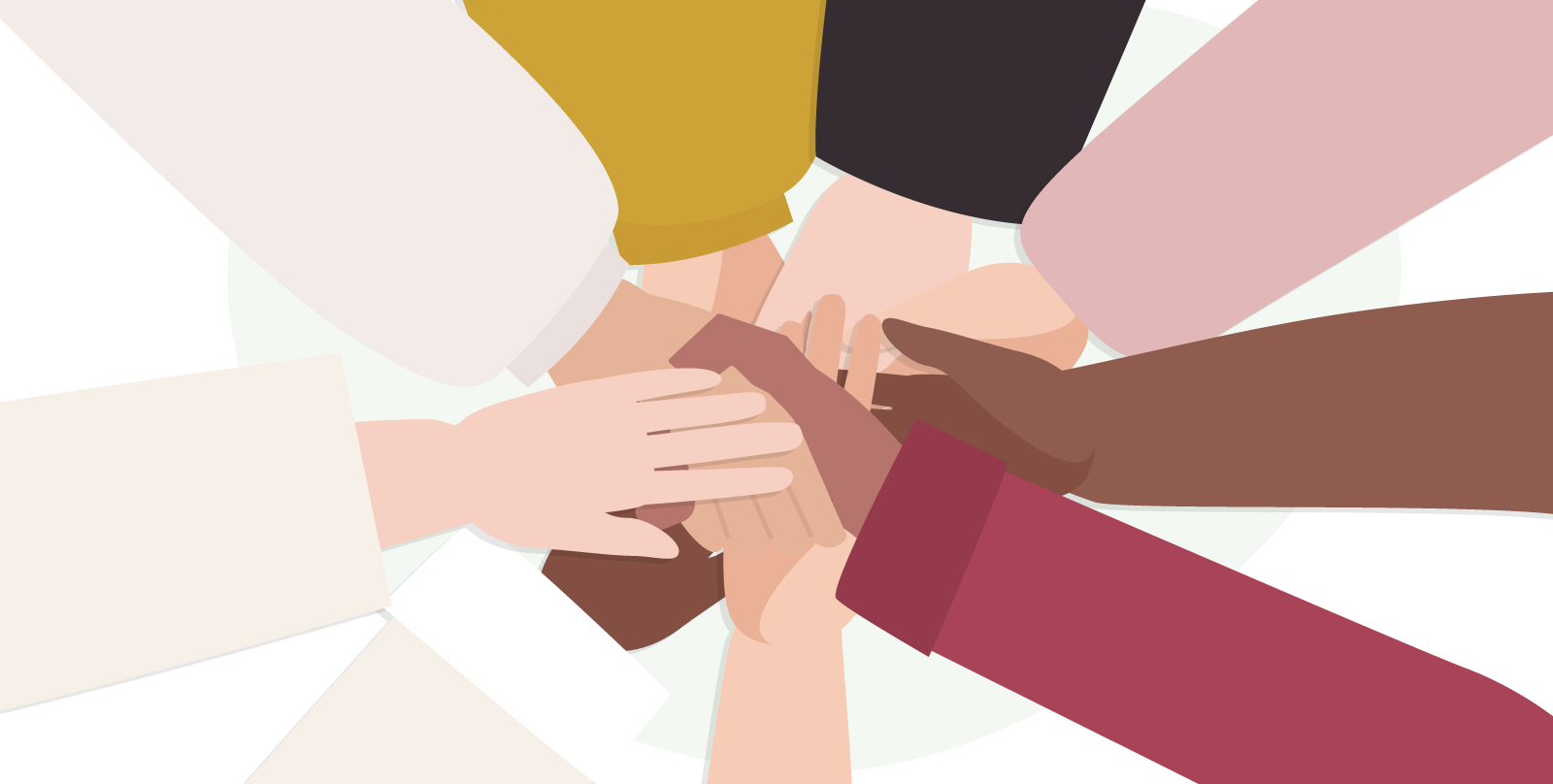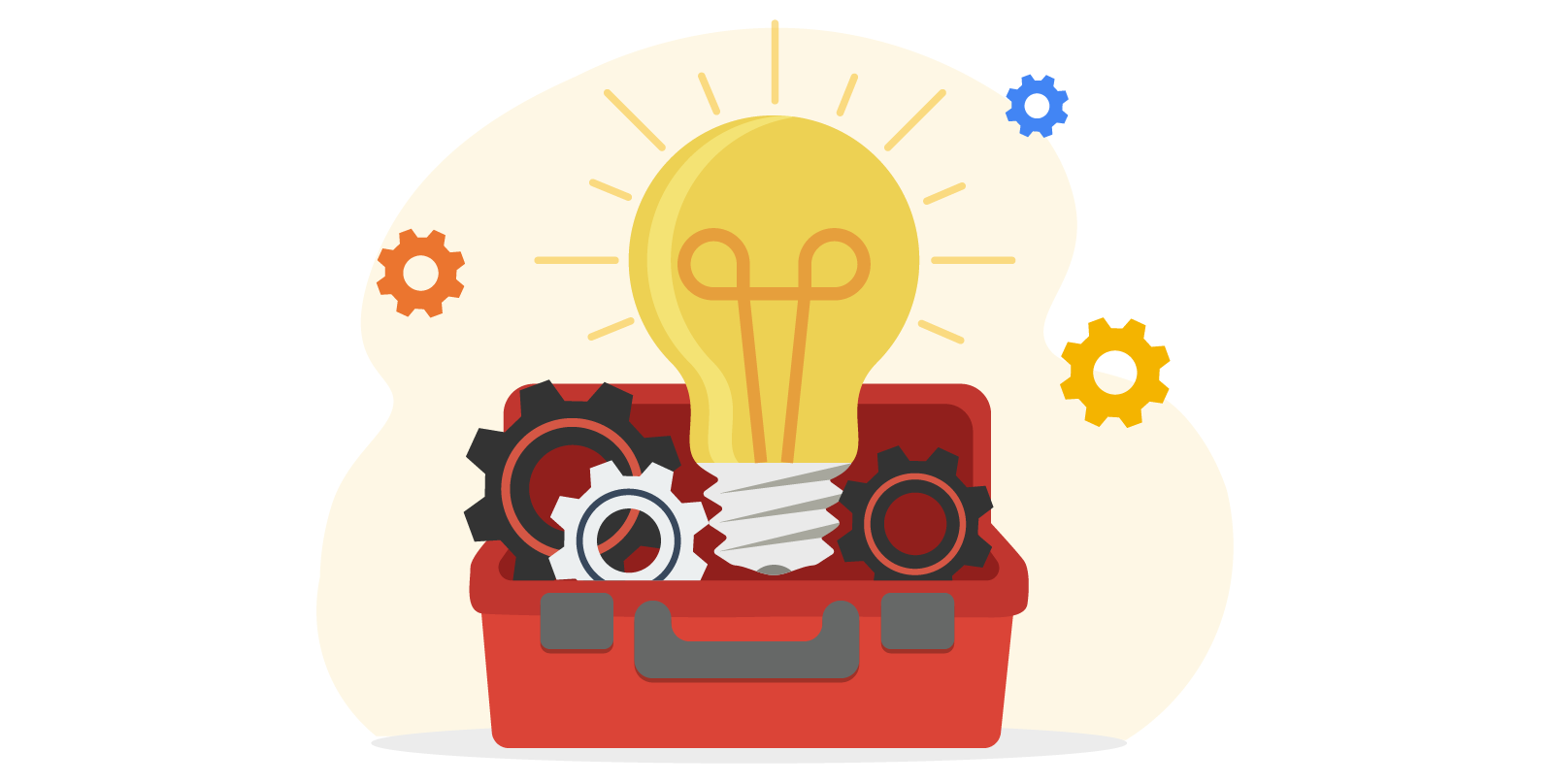Table of Contents |
We’ve already covered several tools and techniques for conflict resolution, such as mediation guides, communication frameworks, and conflict style assessments. These tools have helped you understand how to structure discussions and manage emotions effectively. Now, we’ll dive deeper into other resources and strategies available to support the resolution process, expanding your toolkit to handle a variety of conflict situations more efficiently. In this lesson, the goal is to help you identify and understand the variety of resources available to aid in conflict resolution, should you want to seek external assistance. From formal training programs to practical tools and support networks, we’ll explore how these resources can enhance your effectiveness and confidence in managing conflicts.

In this section, we’ll explore various free resources available to support your learning and growth in conflict resolution. Whether you’re seeking structured training programs, self-paced online courses, or insightful reading materials, there are numerous options to deepen your understanding and enhance your skills. These resources are designed to provide you with practical knowledge and techniques that you can apply in real-world conflict situations, all without the need for a financial investment. Let’s take a closer look at what’s available to help you on your journey to becoming more effective in resolving conflicts.
EXAMPLE
Coursera or edX (free courses), American Arbitration Association (workshops), and Association for Conflict Resolution (webinars).EXAMPLE
Coursera (negotiation strategies), edX (conflict analysis), YouTube (lectures), nonprofit organizations, and universities offering open-access materials.EXAMPLE
Getting to Yes (Roger Fisher and William Ury), Google Scholar (open-access articles), and Journal of Conflict Resolution (free articles or older issues on JSTOR).By taking advantage of these free resources, you can enhance your knowledge and skills in conflict resolution, equipping yourself with a range of tools and techniques to apply in various situations.
Professional organizations and networks can be very helpful for those involved in conflict resolution. Groups like the Association for Conflict Resolution (ACR) and the International Mediation Institute (IMI) provide a wealth of resources, including training programs, certifications, and networking opportunities. Joining these networks gives you access to ongoing support and professional development through workshops, conferences, and forums led by experts in the field.
EXAMPLE
The ACR offers members the chance to connect with peers, stay updated on best practices, and access tools to improve their skills.
Mentorship and peer support are also essential in advancing as a conflict resolution practitioner. Guidance from experienced mediators offers practical insights that go beyond formal training. Engaging with peer groups allows you to share experiences, discuss challenges, and learn from others. Participating in a local mediation group or an online forum can help you build a supportive network and continue your learning journey.
Additionally, government resources and community resources can be valuable. Many government agencies provide services like community mediation centers and public ombudsman services, offering free or low-cost mediation. These centers often serve individuals who need support but lack access to private mediation services. For instance, a local community mediation center might offer training sessions, provide a space for mediators to practice, and facilitate mediation for a range of disputes, from neighborhood conflicts to family issues. These resources not only assist in conflict resolution but also offer mediators the opportunity to gain experience and serve their communities.
Staying current with the latest conflict resolution research is also important for practitioners. By accessing research papers, case studies, and reports, you can gain valuable insights into evidence-based strategies and emerging trends in the field. For instance, recent studies might reveal new techniques for mediation or highlight the effectiveness of certain approaches in specific types of conflicts. This knowledge can help you understand what works best in various situations and improve your practice.
Data analysis and data evaluation are also important in conflict resolution. By collecting and analyzing data from mediation sessions—such as participant satisfaction, the success rate of agreements, and how long agreements last—you can assess the effectiveness of different techniques. This kind of analysis allows you to see what is working well and where there might be room for improvement. For instance, if data show that agreements reached through a particular method have a higher rate of durability, you might decide to incorporate that technique more frequently in your practice.
Understanding legal and policy information is another key aspect of informed decision-making. Conflict resolution often intersects with legal and ethical considerations, so it’s important to be aware of the relevant laws and policies that may impact the process. Resources like legal databases and policy guides can provide you with up-to-date information on regulations and ethical guidelines. Knowing these frameworks helps ensure that your practices are not only effective but also compliant with legal standards and ethical principles, providing a solid foundation for fair and equitable conflict resolution.
In conflict resolution, having the right tools at your disposal can make all the difference. We’ve already explored the importance of identifying personal needs and goals when approaching conflicts, as each situation—whether a workplace dispute, family conflict, or international negotiation—requires a tailored approach. Now, let’s dive deeper into how you can build a personalized resource toolkit. This toolkit will include books, articles, techniques, and software that cater to various conflict types, helping you quickly find the right resource for each situation. By continuously curating and updating this toolkit, you’ll be better equipped to handle a wide range of conflicts, enhancing your effectiveness as a mediator or conflict resolver. In this section, we will look at how these tools have been applied in real-world scenarios, reflect on how you might develop your own toolkit, and set a plan for acquiring the necessary skills and resources.

In conflict resolution, it’s important to first identify your personal needs and goals. Every conflict is different, and your approach should be tailored to the situation. Workplace disputes, family conflicts, and international negotiations each have distinct dynamics that may require specific strategies. Take time to assess what you need to achieve in each case and which techniques would be most effective. Are you mediating a workplace disagreement or facilitating communication in a family dispute? Understanding the context helps you choose the right tools and methods.
To support your growth, curate a personal resource library with books, articles, toolkits, and software to help navigate different conflicts. Organize resources by topic or conflict type, such as negotiation strategies or mediation techniques, so they’re easily accessible when needed.
Continuous learning is key to becoming proficient in conflict resolution. The field is always evolving with new tools and research. Stay updated by reading studies, attending workshops, and engaging with professional communities. Regularly review and update your resource toolkit to ensure you have the most current information, helping you stay prepared for any conflict scenario.
Let’s take some time to go through a few examples and then evaluate our own toolkits.
IN CONTEXT
Background: In a midsize tech company, two department heads, Shante and Michael, were in conflict over resource allocation. Shante’s team felt they were being denied access to necessary tools and support, while Michael’s team believed they were already stretched too thin and couldn’t offer additional resources. This ongoing tension was affecting team morale and productivity across both departments.

Step 1: Assessing the Situation
The human resources (HR) department recognized the need for a structured approach to resolve this conflict. They began by using a conflict style assessment tool, specifically the Thomas–Kilmann Conflict Mode Instrument (TKI), to understand each individual’s approach to conflict. The assessment revealed that Shante had a competing style, focusing on her department’s immediate needs, while Michael had an avoiding style, preferring not to engage in direct confrontation. Understanding these styles helped HR tailor the resolution process.
Step 2: Engaging in Mediation
HR brought in an external mediator certified through the IMI to facilitate a neutral and structured dialogue.Step 3: Gathering Data and Information
- The mediator used nonviolent communication (NVC) techniques to encourage both parties to express their needs without blame. This approach helped Shante and Michael articulate their concerns more clearly, fostering empathy and understanding between them. For instance, Shante expressed her team’s need for additional support to meet project deadlines, while Michael shared concerns about overburdening his team.
- NVC, developed by psychologist Marshall Rosenberg (2015), is a method that promotes empathetic listening and honest expression to enhance understanding and resolve conflicts peacefully. Rosenberg’s approach emphasizes identifying and articulating one’s own feelings and needs while also compassionately considering those of others, fostering more effective and compassionate communication.
During mediation, the mediator encouraged both parties to bring in relevant data to support their claims. Shante presented productivity reports showing how the lack of resources was impacting her team’s performance. Michael provided workload analysis reports indicating his team’s current capacity. This evidence-based approach helped ground the discussion in facts rather than emotions, making it easier to explore viable solutions.
Step 4: Exploring Legal and Policy Frameworks
The mediator also referenced the company’s internal policies and labor laws regarding resource allocation and workload management. By bringing this information into the discussion, they ensured that any proposed solutions would comply with organizational policies and legal requirements, reducing the risk of future disputes.
Step 5: Generating and Evaluating Solutions
The mediation session then moved into a brainstorming phase. With the help of mind mapping tools, the mediator facilitated a session where both Shante and Michael contributed ideas on how to reallocate resources effectively. Some options included cross-departmental training to optimize the use of existing resources, temporary staff augmentation, and the implementation of project management software to track and balance workloads.
Step 6: Reaching a Resolution
After evaluating the feasibility and desirability of each option, Shante and Michael agreed on a solution that involved cross-training staff members between departments and using project management software to monitor workload distribution. They also agreed on a regular review meeting to assess the effectiveness of this solution and make adjustments as needed.

This conflict was successfully resolved through the strategic use of various resources and tools. The conflict style assessment helped tailor the mediation process to the individuals involved, NVC facilitated empathetic dialogue, and data gathering provided a factual basis for discussion. Additionally, referencing legal and policy frameworks ensured compliance, while brainstorming and mind mapping led to a creative, mutually acceptable solution. The outcome was a more balanced resource allocation, improved collaboration between departments, and a framework for addressing similar issues in the future. This case study illustrates how combining different resources and tools can lead to a comprehensive and effective conflict resolution process.
Source: THIS TUTORIAL WAS AUTHORED BY MARLENE JOHNSON (2019) and STEPHANIE MENEFEE and TRACI CULL (2024). PLEASE SEE OUR TERMS OF USE.
REFERENCES
Rosenberg, M. B. (2015). Nonviolent communication: A language of life (3rd ed.) PuddleDancer Press.